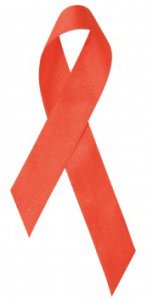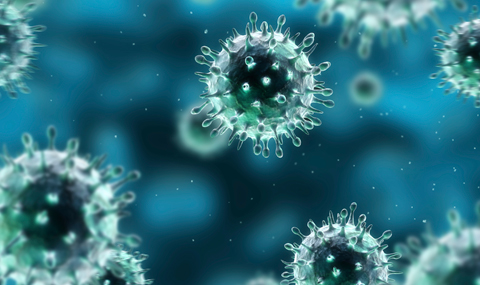Cure for HIV
HIV, or ‘human immunodeficiency virus’, is a serious virus that is most known for its role in causing AIDS – a condition that causes the progressive failure of the immune system and that leads to potentially threatening infections and cancers to occur. Often HIV and AIDS are used interchangeably for this reason, though technically the two are very different conditions. HIV is a very serious condition that is caused through blood transfusions, breast milk, and the exchange of sexual fluids where it is present as a free virus and a virus within infected immune cells.
HIV is a very serious threat and has been the cause of many deaths in the West and particularly in the developing world. It is classed as a ‘pandemic’ and between its discovery in 1981 and 2006, AIDS was responsible for the deaths of over 25 million people. Many people continue to suffer with HIV and AIDS today, and it currently affects around 0.6% of the population. In 2009 alone it claimed around 1.8 million lives.
All of this means that a potential cure for AIDS would be fantastic news that could change the lives of millions of people each year and prevent millions more deaths. While there is currently no cure for HIV, recent developments and research has meant that people can live with AIDS and HIV much longer than they could ever before, while at the same time further research is looking into promising potential cures that might be available in the future.
Current Management Techniques
While there currently is no cure for AIDS, there are nevertheless many management techniques in place. Treatment will normally consist of ‘highly active antiretroviral therapy’ which is taken as a combination of three or more drugs which are of particular classes of antiretroviral agent. Therapy should be begun as soon as possible and at the point where the CD4 count falls below 500. When therapy is deferred death rates are twice as high. However these therapies are lifelong commitments and have a range of risks and benefits. If treatment is stopped even temporarily then high levels of HIV-1 often return and are at this point then HAART resistance – so adherence to the medication is highly important. If treatment is started by the time that the CD4 count falls below 350 then the life expectancy is 32 years, though this is higher for those who start earlier. Without HAART, HIV will progress to AIDS after around 9-10 years and at this point life expectancy is only 9.2 months.
Future Cures
The promise of cures being available for HIV in the future then is something that is highly hopeful for patients and that could transform their lives. While there is no cure currently known, studies and research have shown a lot of promise. Here we will look at some of the research that is currently being done into potential cures for HIV and AIDS.
Stem Cells
In 2007 Timothy Ray Brown, a 40 year old HIV positive man, was given a bone marrow stem cell transplant in order to treat acute myelogenous leukemia (AML) and after a relapse was given a second transplant. The donor had a CCR5-A32 mutation which gave him resistance to HIV infection. 20 months later and with no other treatments the HIV levels in the patient’s blood had dropped to below the limit for detection. Whether this is a cure, or whether the virus remained hidden in the tissue is unsure. While this is potentially very promising, there is a mortality risk currently associated with stem cell transplant, and there is also a lot of difficulty with finding suitable donors.
Immunomodulatory Agents
Immunotherapies are aimed at altering the function of the immune system, and some have shown promise for helping the immune system to recover from HIV such as ‘Interleukin 7’. This is a hematopoietic growth factor that is secreted by stromal cells of the red marrow and thymus. Research is currently ongoing. It has currently entered the phrase 2 clinical trial used with two antiretroviral drugs. The hope is that IL-7 can target and destroy latently infected cells, and this could result in the reduction of HIV or even in the total eradication.
إعداد: ود خالد







